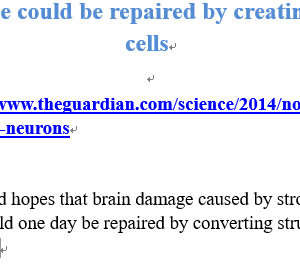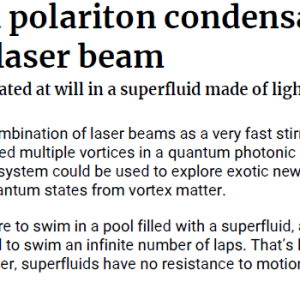
ELECTROCHEMICAL STUDY OF CORROSION PHENOMENA IN ZIRCONIUM ALLOYS
₩4,000
Shadow corrosion of zirconium alloy fuel cladding in BWR environments, the
phenomenon in which accelerated corrosion is experienced when the cladding surface is in close
proximity to other metals, has become a potentially life-limiting issue for BWR fuel. Recent
results from experimentation at MIT, Halden, and Studvik suggest that a galvanic coupling
drives the phenomenon between the cladding and the adjacent material. However, the actual
processes involved are not understood. One key parameter that would help in the understanding
of the phenomenon would be a measurement of the actual corrosion current between fuel
cladding and adjacent materials in the actual in-reactor environment.
The limitations placed on the bum-up of uranium oxide fuel correlates to the amount of
corrosion seen through a directly measurable oxide thickness on the waterside of the zirconium
alloy cladding. This oxide corrosion product directly correlates to distance from structural
components, leading to the effect commonly referred to as shadow corrosion. In recent
experiments, Studvik determined that there are large ECP differences associated with Inconel
and zirconium alloys that correlate to increased galvanic current density when the materials are
coupled.





상품평
아직 상품평이 없습니다.